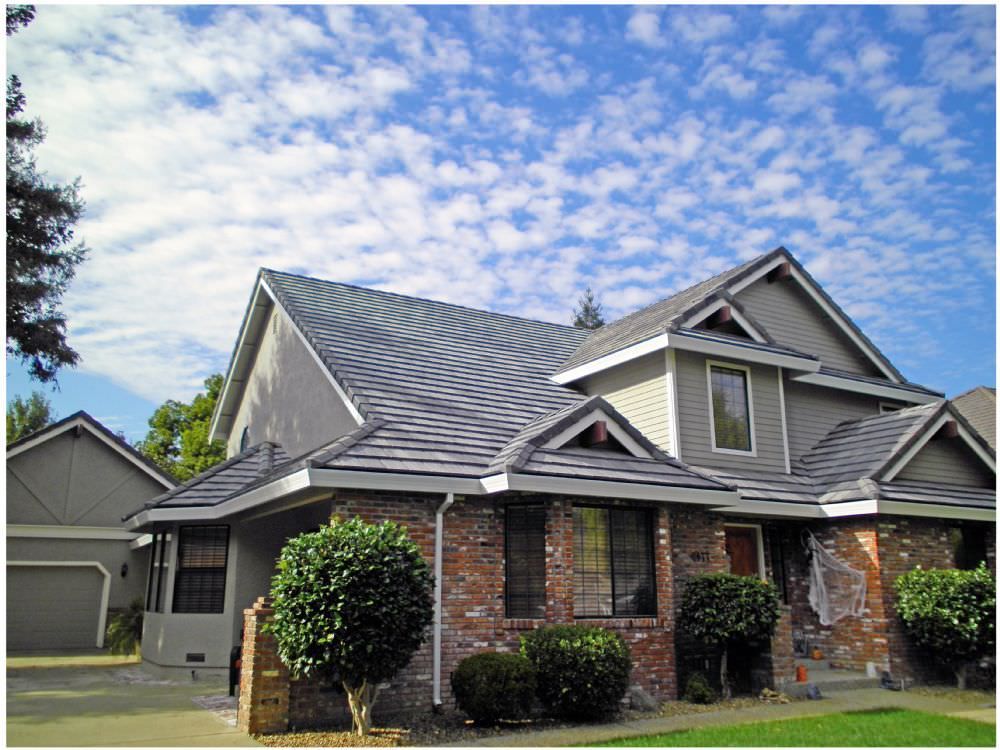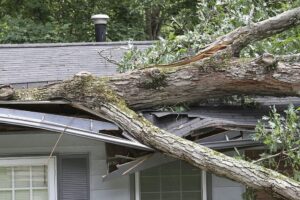A home’s roof is its first line of defense against the elements, providing protection, comfort, and peace of mind to those who live beneath it. Whether you’re building a new home or replacing an old roof, ensuring that your residential roof installation is done properly is crucial. A well-installed roof will enhance your home’s curb appeal, improve energy efficiency, and extend the life of your property.
This guide will walk you through everything you need to know about residential roof installation, from selecting the right materials to choosing a trusted contractor. At Atlas Roofing & Restoration, we believe that every home deserves the perfect roof, and we are here to help you achieve just that.
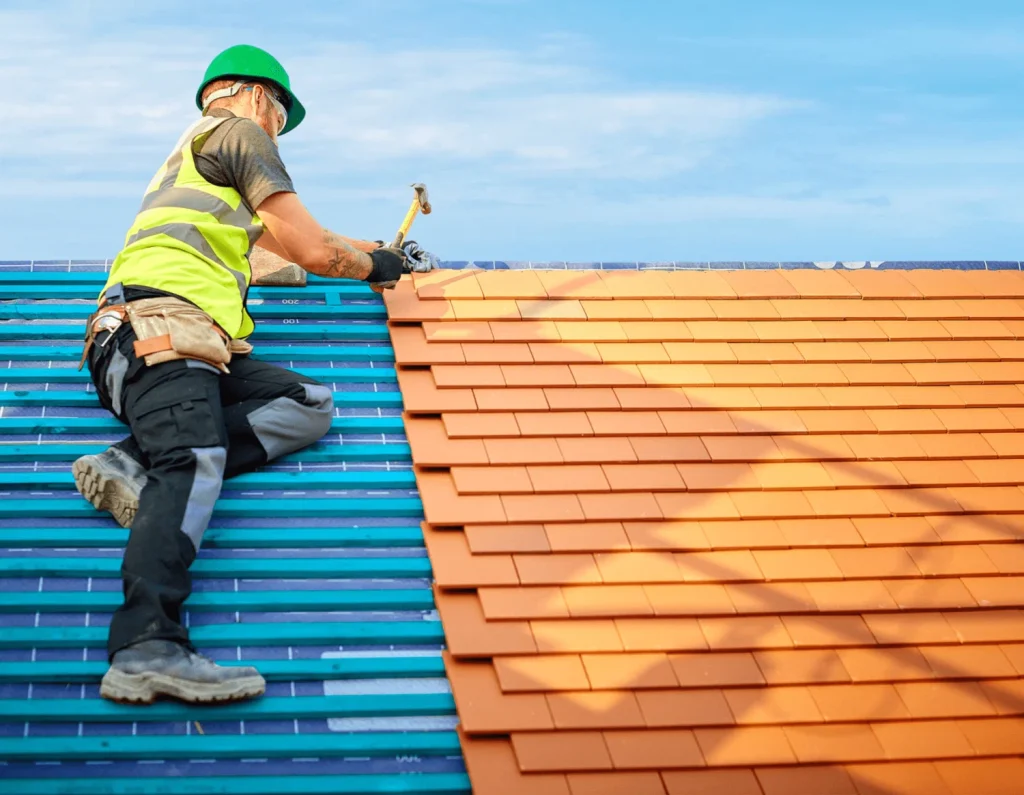
Step 1: Understand the Importance of Roof Installation
A roof is more than just an aesthetic feature of a home—it plays an integral role in the protection and integrity of your property. Proper installation prevents leaks, water damage, mold growth, and more, which could result in costly repairs down the road. The right roof can also regulate your home’s temperature, keeping it cooler in the summer and warmer in the winter. Additionally, an expertly installed roof can boost the value of your home and increase its overall longevity.
When it comes to residential roof installation, it’s essential to invest in quality craftsmanship and premium materials. Choosing a reliable roofing company is the first step to ensure that your roof will provide lasting protection for years to come.
Step 2: Choose the Right Roofing Material
The material you choose for your new roof can have a significant impact on both the look and functionality of your home. There are several roofing materials available, each with its own benefits and considerations. Some of the most popular options include:
- Asphalt Shingles:
- Pros: Asphalt shingles are one of the most popular and cost-effective roofing materials. They come in various colors and styles, making it easy to match your home’s aesthetic. Asphalt shingles are durable, easy to maintain, and relatively affordable.
- Cons: They tend to have a shorter lifespan compared to other materials, typically lasting 15-30 years, depending on the quality.
- Metal Roofing:
- Pros: Metal roofs are incredibly durable and can last 50 years or more. They are resistant to fire, mold, and mildew, making them an excellent choice for homeowners looking for long-term durability. Metal roofs are also energy-efficient, reflecting heat away from your home.
- Cons: Metal roofing is typically more expensive than asphalt shingles. However, the investment can pay off in the long run due to its extended lifespan.
- Wood Shingles or Shakes:
- Pros: Wood shingles or shakes offer a natural, rustic appearance that enhances a home’s curb appeal. They are often made from cedar, which is known for its resistance to decay and insects.
- Cons: Wood shingles require more maintenance to prevent rot, and they have a shorter lifespan than other roofing materials. They are also more expensive and may not be suitable in fire-prone areas.
- Clay or Concrete Tiles:
- Pros: Clay and concrete tiles are incredibly durable and can last 50-100 years with proper care. They provide excellent insulation and are highly resistant to fire and water damage. These materials offer a distinctive, Mediterranean or Spanish-style look to your home.
- Cons: Clay and concrete tiles are heavy and may require additional structural support for installation. They are also one of the more expensive roofing options.
- Slate Roofing:
- Pros: Slate is one of the most durable roofing materials available, with a lifespan of up to 100 years. It’s natural, eco-friendly, and provides excellent insulation.
- Cons: Slate roofing is expensive, and the installation process can be labor-intensive. It is also very heavy, so structural reinforcements may be needed.
At Atlas Roofing & Restoration, we offer a wide range of roofing materials and can guide you in choosing the perfect option based on your home’s architecture, budget, and long-term needs.
Step 3: Work with a Professional Roofing Contractor
While DIY roof installation may seem tempting, it’s always best to hire a professional roofing contractor to ensure your roof is installed correctly. A professional contractor has the experience, knowledge, and tools to complete the job safely and efficiently.
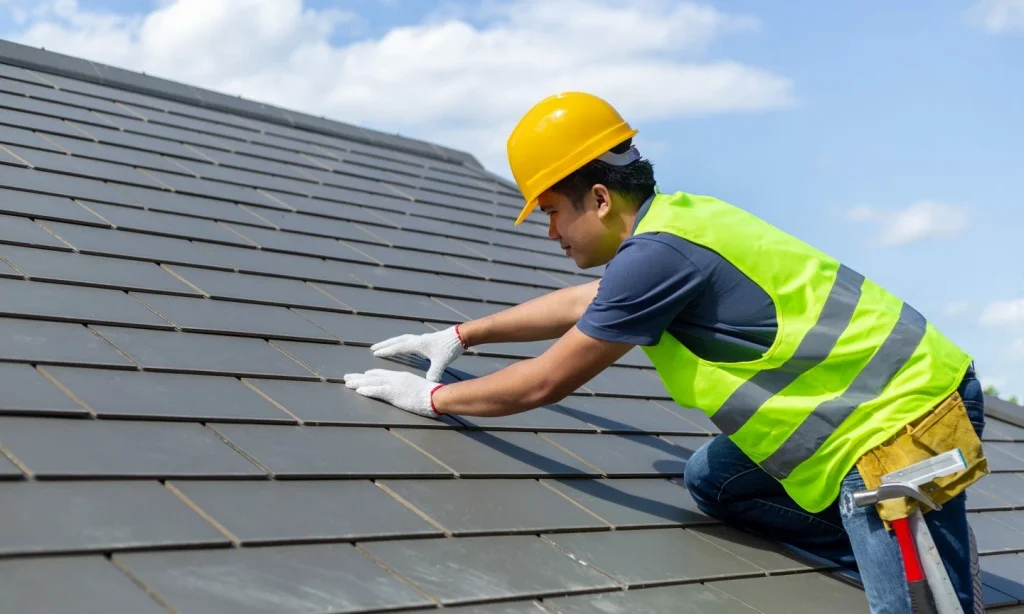
When hiring a contractor, consider the following tips:
- Check for Licensing and Insurance: Make sure the roofing company is licensed to operate in your area and has appropriate insurance coverage to protect against potential accidents or damages.
- Experience Matters: Choose a contractor with experience in residential roof installation. Ask about their past projects, references, and reviews to ensure they have a proven track record of quality work.
- Get Multiple Quotes: It’s always a good idea to get at least three quotes from different roofing companies to ensure you’re getting a fair price. Be wary of extremely low bids, as they may be indicative of subpar materials or labor.
- Review the Warranty: A reputable contractor should offer a warranty on both materials and labor. This provides peace of mind in case any issues arise after installation.
Atlas Roofing & Restoration prides itself on its skilled team of roofing experts who are committed to delivering top-notch residential roof installations. Our experience and attention to detail ensure that your new roof will stand the test of time.
Step 4: Prepare Your Home for Installation
Before the installation process begins, there are a few steps you should take to ensure everything goes smoothly:
- Clear the Area: Move vehicles, outdoor furniture, and other items away from the worksite. Roofing installation can create debris, and you’ll want to ensure the area is clear for safety.
- Protect Landscaping: Cover any plants or shrubs near the roof with tarps to protect them from debris or falling nails.
- Prepare for Noise and Disruption: Roof installation can be loud, and there may be some disruption to your daily routine. It’s important to communicate with your family and neighbors in advance, so they know what to expect.
- Secure Pets and Children: For safety reasons, keep pets and children indoors while work is being done. The installation process involves the use of heavy machinery, and there may be risks of falling debris.
Atlas Roofing & Restoration works efficiently to minimize disruptions during the installation process, ensuring that your home is protected and the project is completed on time.
Step 5: The Installation Process
Residential roof installation involves several key steps. Here’s a basic overview of the process:
- Removal of the Old Roof: If you’re replacing an existing roof, the old shingles or tiles must be removed. This step involves stripping the roof down to the decking.
- Inspection and Repairs: After the old roof is removed, the contractor will inspect the decking for any damage. Any necessary repairs will be made before moving forward.
- Underlayment Installation: A protective layer of underlayment is applied to the decking. This layer provides an additional barrier against water and moisture.
- Shingle or Tile Installation: The chosen roofing material is installed, starting at the eaves and working upwards to ensure proper overlap and water resistance.
- Flashing and Ventilation: Flashing is installed around chimneys, vents, and other roof penetrations to prevent leaks. Proper ventilation is also ensured to allow air to flow freely in the attic, preventing moisture buildup and improving energy efficiency.
- Clean-Up: Once the roof is fully installed, the work area is cleaned up, and the debris is removed. The contractor will also inspect the roof to ensure everything has been completed to the highest standards.
Step 6: Maintenance and Care
After your new roof is installed, it’s important to maintain it properly to ensure its longevity. Here are some tips for maintaining your residential roof:
- Regular Inspections: Have your roof inspected by a professional at least once a year, or after a major storm, to catch any potential issues early.
- Clean Gutters: Clogged gutters can lead to water damage, so be sure to clean your gutters regularly to allow water to flow freely.
- Trim Overhanging Branches: Trim any tree branches that hang over your roof to prevent them from damaging the shingles or tiles.
- Watch for Leaks: If you notice any signs of leaks inside your home, such as water stains on the ceiling, have the roof inspected immediately.
Why Choose Atlas Roofing & Restoration?
At Atlas Roofing & Restoration, we are committed to providing high-quality residential roof installations that will protect your home for years to come. Our experienced team works with you every step of the way to ensure your roofing project is completed to your satisfaction. We offer a range of roofing materials, expert installation, and ongoing support to keep your roof in top condition.
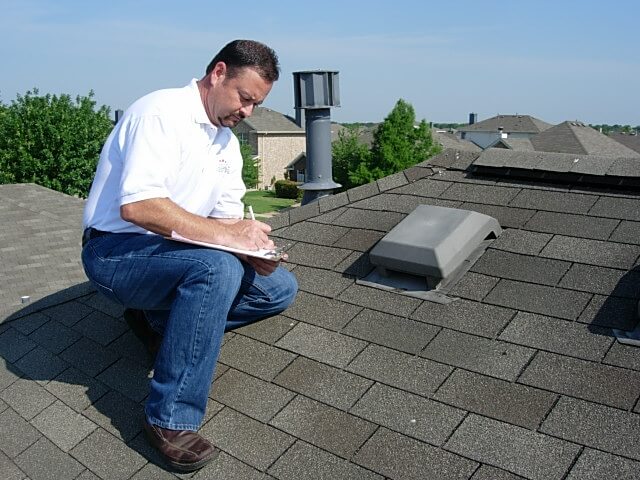
Contact us today for a free consultation and experience the Atlas Roofing & Restoration difference. With us, you can rest assured that your home will have the perfect roof—installed the right way, every time.

